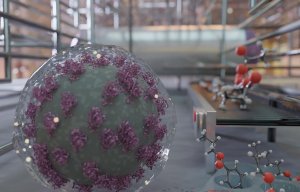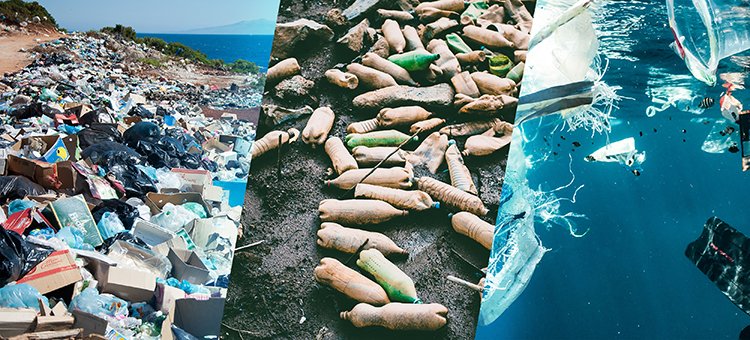
Developing a new generation of enzymes
Results could potentially be used to discover and adapt enzymes for novel recycling processes.

5th January 2022
Innovation in Textiles
|
Sweden
Microbes are evolving around the world to eat plastic pollution, according to a new study by Chalmers University in Sweden.
The study, recently published in the scientific journal mBIO, analysed samples of environmental DNA from hundreds of locations around the world. The researchers used computer modelling to search for microbial enzymes with plastic-degrading potential, which was then cross-referenced with the official numbers for plastic waste pollution across countries and oceans.
“Using our models, we found multiple lines of evidence supporting the fact that the global microbiome’s plastic-degrading potential correlates strongly with measurements of environmental plastic pollution – a significant demonstration of how the environment is responding to the pressures we are placing on it,” said Aleksej Zelezniak, associate professor in systems biology at Chalmers.
In total, over 30,000 enzyme ‘homologues’ were found with the potential to degrade ten different types of commonly used plastic. Homologues are members of protein sequences sharing similar properties. Some of the locations that contained the highest amounts were notoriously highly polluted areas, for example those from the Mediterranean Sea and South Pacific Ocean.
”‹The mass-production of plastic – including, of course, synthetic fibres – has exploded in the last 70 years or so from around 2 million tons per year to around 380 million tons. This has given sufficient evolutionary time for various microbes present in the environment to respond to these compounds, and many different enzymes have been discovered in previous studies with the ability to degrade different plastics.
“Currently, very little is known about these plastic-degrading enzymes and we did not expect to find such a large number of them across so many different microbes and environmental habitats,” said Jan Zrimec, first author of the study and former post-doc in Aleksej Zelezniak’s group, now a researcher at the National Institute of Biology in Slovenia. “This is a surprising discovery that really illustrates the scale of the issue,”
Every year around eight million tons of plastic escapes into the world’s oceans. The natural progresses for plastic degradation are very slow – the lifetime of a PET bottle, for example, can be up to hundreds of years. The growth and accumulation of plastic waste in the oceans and on land is a truly global problem and there is an increasing need for solutions to manage this waste. The researchers believe that their results could potentially be used to discover and adapt enzymes for novel recycling processes.
“The next step would be to test the most promising enzyme candidates in the lab to closely investigate their properties and the rate of plastic degradation they can achieve,” said Zelezniak. “From there you could engineer microbial communities with targeted degrading functions for specific polymer types,”

Business intelligence for the fibre, textiles and apparel industries: technologies, innovations, markets, investments, trade policy, sourcing, strategy...
Find out more